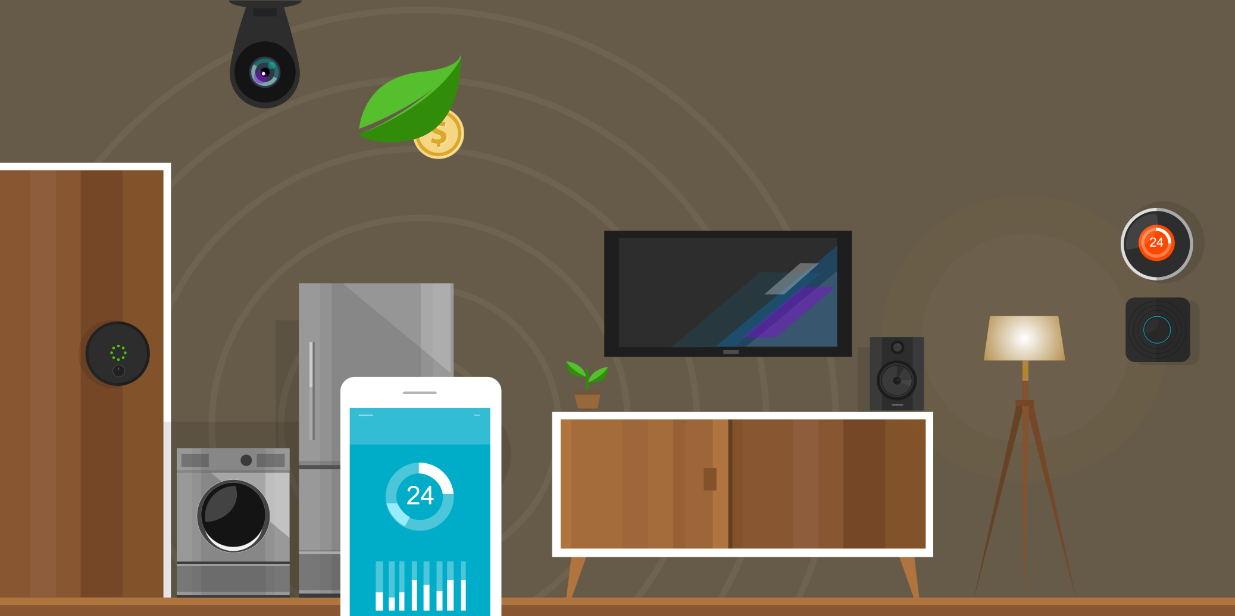Card or cloud? That is the question that consumers and businesses will be asking themselves more and more frequently when they think about storing and sharing video, photos and other files – whether to upload the files to the cloud or save them on a local storage device like a microSD™ memory card, SD™ card, high-capacity USB drive or even a solid-state drive.
The impulsive reaction might be cloud. Isn’t everything going to the cloud? Plus, companies like Google and Box offer gigabytes of storage for free. The idea of “free” storage sounds like a win-win for consumers, especially in light of today’s advancing video and photo technologies that deliver incredible clarity, depth and color – all of which result in significantly larger file sizes.
But it turns out that there’s no such thing as a free gigabyte.
A Brief History
Cloud storage itself might be free, but the network fees for transferring videos or photos to the cloud can quickly add up to substantial amounts each month, especially because many smart devices now are able to take high-resolution photos and videos – large files that eat up data quickly during transfers from connected devices to the cloud.
Most of these transfers now take place over 4G networks, which makes the data usage even more invisible because of the rapid speeds at which files are uploaded or downloaded. Nearly one in five wireless customers paid data overage charges in the last half of 2015, according to a January 2016 study from Cowen & Company. That number is even greater among tablet users: 24 percent of owners with 4G paid an overage charge in the same time period, according to the study.
There are a number of factors that contribute to this surge in data use and consumer need for reliable expandable storage instead of or alongside the cloud.
Everyone’s a Photographer
Partially responsible for the boom in data use is the renewed interest in digital photography, aided by the high-quality camera almost everyone carries around in their pocket in the form of a smartphone.

Since 1826, when the first picture was taken, photography has undergone a complete transformation. Globally, we’re now capturing more than 1 trillion images a year, or 114 million per hour, which adds up to an enormous amount of data. The vast majority of these photos are snapped by phones or digital cameras; in fact, IDC estimates that by 2019, 90 percent of all captured images will come from mobile devices. Shooting on mobile devices makes it even easier to upload, post and share, but the steady increase in megapixels, resolution and file size means higher data use, too.
However, there are a number of physical storage options that can help consumers alleviate shrinking factory-standard memory and overage fee woes. Many users can take advantage of removable storage, including microSD memory cards, while others can use specially designed dual USB drives for devices that do not offer expandable storage. The wide variety of available products not only allows users to quickly increase device storage, but also provides an efficient way to back up content without relying on data caps or network strength.
In addition, physical storage can help alleviate security concerns. If consumers are wary of uploading personal content to the cloud, storage options like microSD memory cards and SD cards can lessen concerns, assuring consumers that the data is secure and close at hand.
Content on Demand
There is no denying that smart devices pulling content from the internet have access to a vast repository of music, images and videos that no one individual could possibly match, but being able to find something does not always translate into easy viewing or access.
Networks are working ‘round the clock to grow signal strength, but in the meantime, the burgeoning appetite for content never ceases. Building, expanding and upgrading networks requires construction crews, work permits, transcontinental fiber cables and antennas. Companies continue to improve networks, but slowdowns can still flare up, especially during “internet rush hour.” In addition, files being downloaded or streamed from sites continue to increase in size as high-fidelity content becomes more widely available.
In these situations, local storage such as microSD memory cards and SD cards can provide users with a frustration-free way to access music, images or videos on demand with little to no delay. There is never any need to worry about peak usage hours, Internet speeds or buffering time. In addition, given the technology in today’s cards, users can easily watch 4K ultra-high-definition footage without stutter or delay – something that would require a premium broadband connection to achieve.

The Smart Home
As the Internet of Things (IoT) continues to extend into the home, local storage will be further favored over the cloud. There will be a tremendous number of objects gathering far more data than we currently collect, and often that data will have to be acted on rapidly.

Connected devices are embraced for their instant analytics and adjustments – there is no time to send it to the cloud. While these devices need fast processors, onboard local storage will help ensure data can be accessed quickly and securely stored.
We need to be thinking about different architectures,” said Intel’s Bridget Karlin on a recent episode of the “Internet of Things with Game Changers” podcast. She estimates that 40 percent of IoT data will be stored, analyzed and effectively live in consumer devices rather than a centralized data center to minimize latency concerns for end users.
The Power in Your Hands
Consumers rarely give a thought to where their data is physically stored. Their chief concerns are whether it’s safe, available when they need it, easily accessible and reliable. Wireless networks and internet access provide tremendous opportunities to create, save and share, but they are not absolute when it comes to storage.
As long as data caps, wireless network gaps and security concerns continue to exist, there will always be challenges retrieving content over open networks. The ability to store content locally will be necessary as long as the creation and consumption of data continues to grow at its rapid pace.
Whether users are looking to capture moments, enjoy digital entertainment, or want a home that does all the thinking for them, there are local storage options, such as microSD memory cards, available or already at work. They are a fundamental part of creating a consistent, seamless and enjoyable user experience.
This article expresses the views of the author and not necessarily that of his employer.
Dinesh Bahal is vice president of SanDisk® Product Marketing, Western Digital. Bahal can be reached at Dinesh.Bahal@sandisk.com.
© SD Association. All rights reserved. SD, SDHC, miniSDHC, microSDHC, SDXC and microSDXC Logos are trademarks of SD-3C LLC



